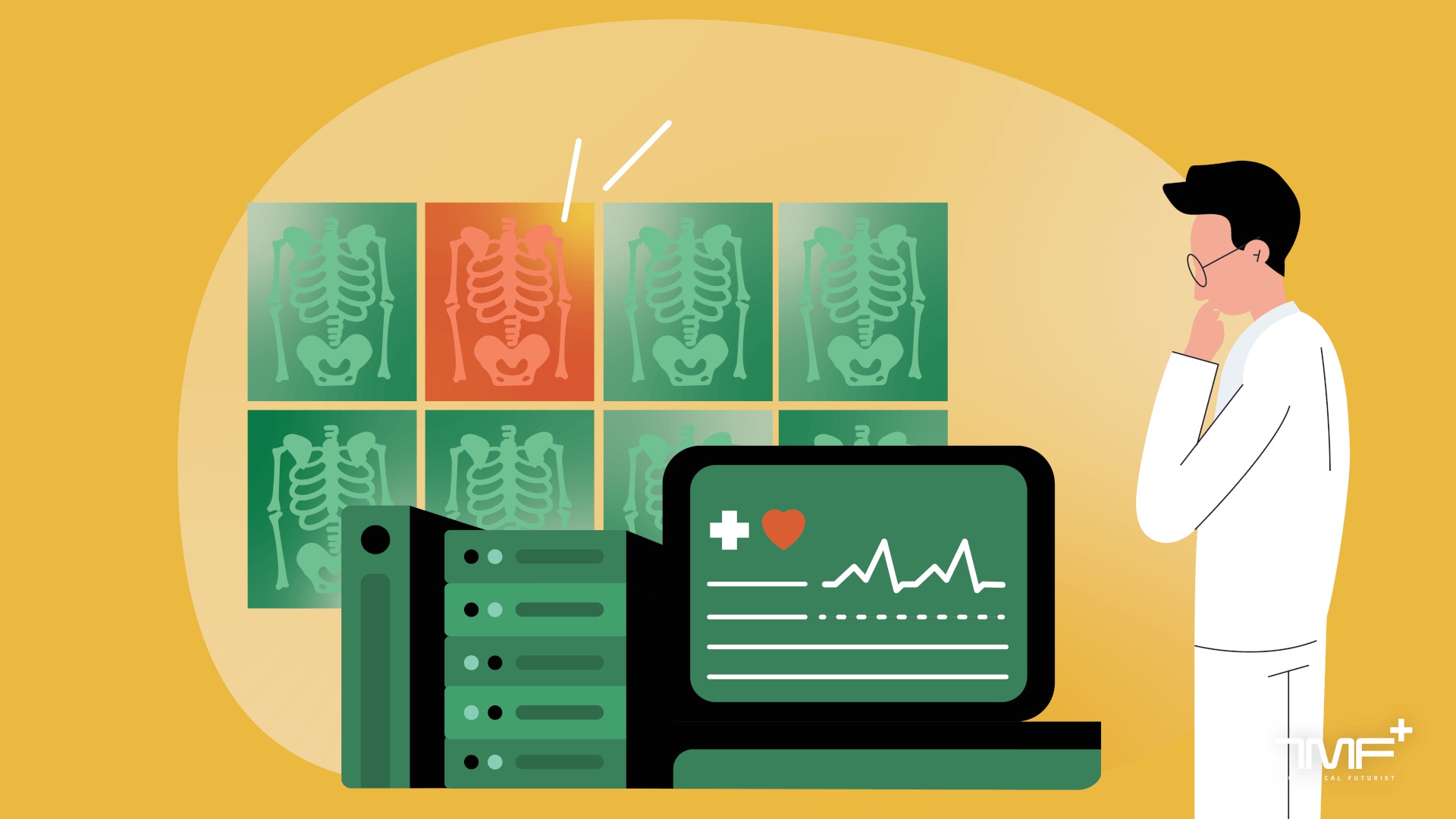
@ShahidNShah


More and more clinics and hospitals are using artificial intelligence. This article explains what are the 5 levels automation and where can we use each. As you launch your telemedicine app, the virtual assistant asks, "How may I serve you today? You've chosen to see a doctor after having a sore throat and runny nose for a few days. The assistant asks you about your symptoms and then scans its database to come up with a cause. The chatbot responds, "There's an 83% chance that you're having allergic symptoms." "I will send your prescription to you shortly. If you are not satisfied or continue to feel unwell, though, kindly ask for a human doctor." You choose to heed the artificial intelligence's counsel and take the recommended medications after weighing the likelihood of the diagnosis and its capacity for deduction. However, the symptoms continue after two weeks, so you choose to turn to medication.
In medicine, automation refers to the use of technology to perform tasks traditionally done by humans. There are several levels of automation in medicine, ranging from simple tasks such as scheduling appointments to more complex tasks such as diagnosing diseases. The various levels of automation in medicine are:
Continue reading at medicalfuturist.com
Demographic factors including low income and living in a rural area are linked to low telemedicine literacy – which may limit access to plastic surgeons and other healthcare providers at a time of …
Posted Apr 14, 2023 Telemedicine Demography
Connecting innovation decision makers to authoritative information, institutions, people and insights.
Medigy accurately delivers healthcare and technology information, news and insight from around the world.
Medigy surfaces the world's best crowdsourced health tech offerings with social interactions and peer reviews.
© 2024 Netspective Media LLC. All Rights Reserved.
Built on Apr 26, 2024 at 6:14am